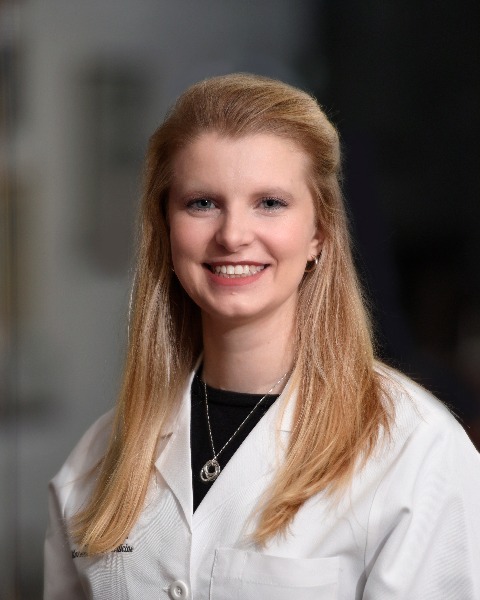Poster Session 1
(266) Modeling stillbirth using machine-learning

Lena A. Shay, MD (she/her/hers)
Post-doctoral Clinical Fellow
Baylor College of Medicine
Houston, Texas, United States
Michael D. Jochum, Jr., PhD
Assistant Professor
Baylor College of Medicine and Texas Children’s Hospital
Houston, Texas, United States
Jennifer R. McKinney, MD, MPH
Assistant Professor
Baylor College of Medicine
Houston, Texas, United States.jpg)
April D. Adams, MD, MS (she/her/hers)
Assistant Professor
Baylor College of Medicine
Houston, Texas, United States
Submitting Author and Presenting Author(s)
Coauthor(s)
Stillbirth, defined as fetal death at ≥20 weeks’ gestation, complicates about 1 in 160 pregnancies. Methods to prevent stillbirth are lacking, in part, due to the inability to predict when stillbirth will occur. Machine learning (ML) offers an opportunity to develop sophisticated models to accurately predict stillbirth. Our objective was to develop a predictive model for stillbirth using contemporary data with patient-level detail not found in larger national datasets.
Study Design:
A retrospective database of stillbirths was created from two tertiary care hospitals with delivery date-matched live births from 2016-2022. Data from stillbirths (n=425) and livebirths (n=440), were imported, preprocessed (centered, scaled, one-hot encoded) and split into training and testing sets (80-20 split), followed by training a Random Forest model using 10-fold cross-validation, repeated five times. Model evaluation was performed using confusion matrix metrics and variable importance scores were calculated.
Results: The model identified variables of interest and achieved an accuracy of 91% (sensitivity 91%, specificity 92%) using the testing data. Key variables of importance included the number of prenatal care visits, maternal age, gestational age at care entry, and the presence of fetal comorbidities, specifically structural anomalies (Figures 1 & 2).
Conclusion:
Results provide additional support for using machine learning in stillbirth prediction with a contemporary cohort. The model revealed a strong association between fewer prenatal visits and stillbirth, irrespective of entry to care, suggesting that merely attending prenatal care may help reduce stillbirth risk. Continued refinement of this and other predictive models with additional clinical or biological data will enhance robustness. Ultimately, use of ML to generate a clinically useful risk calculator for stillbirth will allow for better identification of vulnerable patients and opportunities for prevention or intervention. As single-site data limits our model, future studies to validate this model against other stillbirth cohorts are planned.

